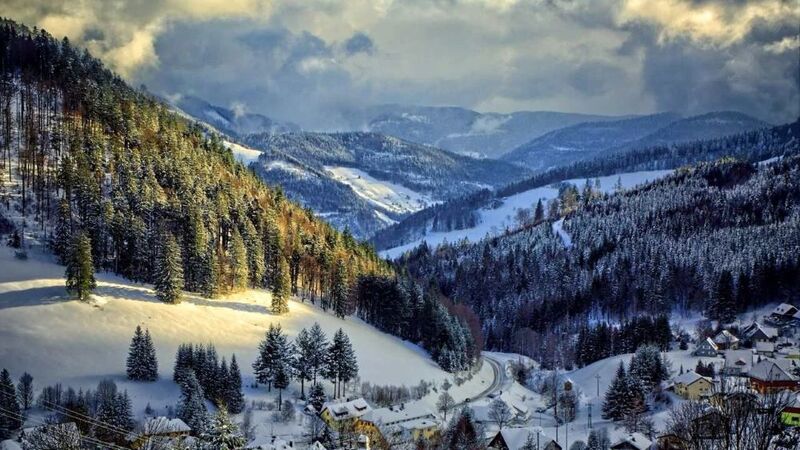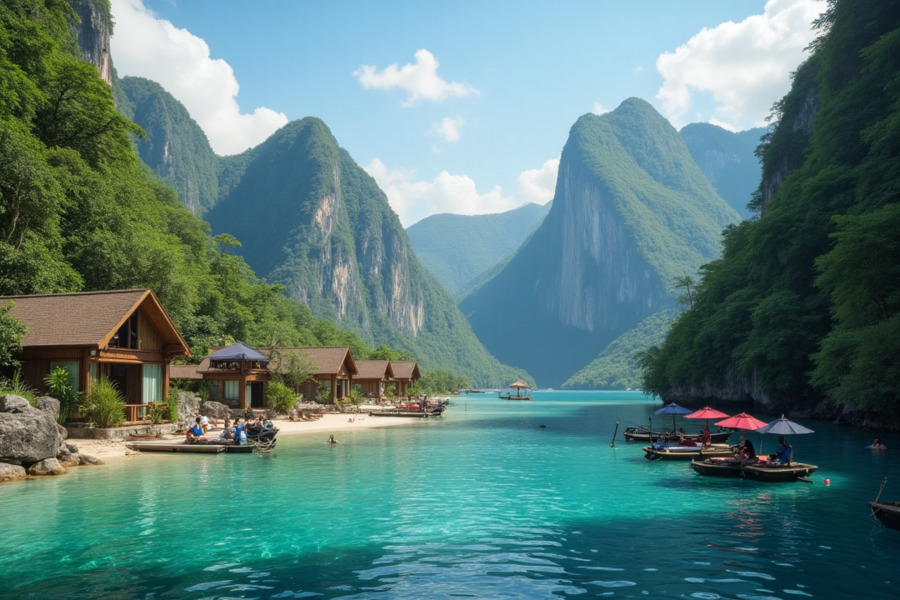≡-Germany mountain and ski resort market set to exceed one billion by 2035 driven by sustainable tourism wellness and tech innovation: New Report You Need to Know – Viral of Today
<> Viral of Today <>
Home » Adventure Travel News » Germany mountain and ski resort market set to exceed one billion by 2035 driven by sustainable tourism wellness and tech innovation: New Report You Need to Know Friday, May 30, 2025Germany’s mountain and ski resort industry is entering a dynamic growth phase, with market forecasts predicting its value will soar from approximately USD 968 million in 2025 to nearly USD 1.8 billion by 2035. This impressive rise, marked by a compound annual growth rate of around 6.7%, signals a strong and sustained appetite for alpine tourism, winter sports, and sustainable travel experiences in the region over the next decade.Rising Trends Fueling Germany’s Alpine Resort BoomSeveral interwoven trends are propelling the expansion of the mountain and ski resort sector in Germany. The growing enthusiasm for outdoor recreation, combined with a rising focus on eco-conscious and wellness-centered tourism, is reshaping how travelers engage with mountainous destinations. Post-pandemic shifts have further accelerated this momentum as more people seek nature-rich escapes that promote health, relaxation, and meaningful experiences.Germany’s diverse mountain destinations, including renowned spots like Garmisch-Partenkirchen, Zugspitze, Oberstdorf, and Berchtesgaden, continue to captivate a broad spectrum of visitors. This includes international tourists eager for authentic alpine adventures, families looking for wholesome vacation activities, digital nomads searching for inspiring work-life balance, and wellness seekers drawn to spa and retreat offerings. In response, resorts are evolving beyond traditional winter-only models, investing heavily in green technologies, year-round amenities, and digital innovations such as AI-powered snow management systems.Key Market Forces Driving ExpansionWinter sports remain a fundamental pillar underpinning the sector’s growth. Activities such as skiing, snowboarding, and snowshoeing are rapidly gaining popularity, particularly among younger travelers who prioritize immersive and active vacation experiences. Resorts are upgrading their facilities with state-of-the-art ski lifts, intuitive digital booking platforms, and contactless services that streamline visitor interactions, boosting convenience and safety.Germany’s commitment to modernizing tourism infrastructure also plays a crucial role. Significant funding from both national authorities and the European Union has improved connectivity to remote alpine locations. Enhanced high-speed rail networks, sustainable transportation options, and smart hospitality technologies have collectively expanded access and elevated the quality of stay, encouraging longer visits and repeat tourism.Sustainability and Wellness as Market DifferentiatorsEnvironmental stewardship is now central to many resorts’ strategies. Numerous German ski destinations are pursuing carbon-neutral operations by adopting renewable energy sources, reducing waste, and implementing eco-friendly snowmaking techniques. These efforts are complemented by active reforestation projects and biodiversity preservation programs that underline the sector’s dedication to safeguarding the alpine ecosystem.Simultaneously, wellness tourism is thriving. Resorts are integrating luxury accommodations with spa facilities, thermal baths, organic farm-to-table dining, and holistic wellness activities such as yoga and meditation. This fusion attracts health-conscious travelers looking to combine outdoor adventure with physical and mental rejuvenation. Off-season offerings like hiking retreats and digital detox packages help smooth out seasonality, ensuring steadier occupancy rates throughout the year.Challenges on the HorizonDespite its promising outlook, Germany’s mountain and ski resort market must navigate several significant challenges to maintain growth. Climate change remains a critical threat, leading to shorter natural snow seasons and a heavier dependence on costly artificial snowmaking. This environmental shift not only raises operational costs but also threatens the authenticity of alpine experiences.Operational challenges persist, with high fixed costs and the inherent seasonality of ski tourism placing pressure on profit margins, especially for smaller, independent resorts. Furthermore, intense competition from other Alpine nations such as Austria and Switzerland adds complexity, as these countries also vie for winter tourists with established reputations and luxury offerings.Accessibility issues continue to pose hurdles despite infrastructure improvements, particularly for less central mountain areas. Additionally, a shortage of skilled labor in hospitality and resort management creates bottlenecks that could hamper service quality and expansion plans.Looking AheadThe future of Germany’s mountain and ski resort industry hinges on its ability to innovate and adapt. Embracing sustainable practices, diversifying tourism products to appeal to wellness and eco-conscious markets, and leveraging technology to enhance visitor experiences will be essential. Collaborations between government, private investors, and local communities will also be key in addressing infrastructure and labor challenges.By capitalizing on these strengths and confronting its challenges head-on, Germany can position itself as a leading destination for alpine tourism in Europe, combining natural beauty, modern convenience, and sustainable luxury for an unparalleled mountain getaway experience. The next decade promises to be transformative, with growth that benefits both travelers and the environment alike.Download this Report:
This information will surprise you!
See also
- Read until the end to discover everything.
- Important information you need to know.
- Interesting facts and helpful tips.
Conclusion
Did you enjoy the news? Keep following us daily!













